Industrial Design
Invnt 3D: Developing an inexpensive FDM 3D printing platform from readily available components
Low-cost 3D printers are often badly designed in terms of usability to non-technical consumers. The project looks into development of a product for new enthusiasts interested in 3D printing without much technical knowledge, providing them a kickstart with a simple thoughtfully designed 3D printer.Problem StatementHow do we design and develop a versatile 3D printer platform with the less technically acquainted user in mind? How can the Indian context be put into the idea of the machine. What is the scope of the audience for such machines in India and how can design be used to better cater to their requirements?
Type
Product Design & Prototyping
Project Duration
6 months (June - December 2021)
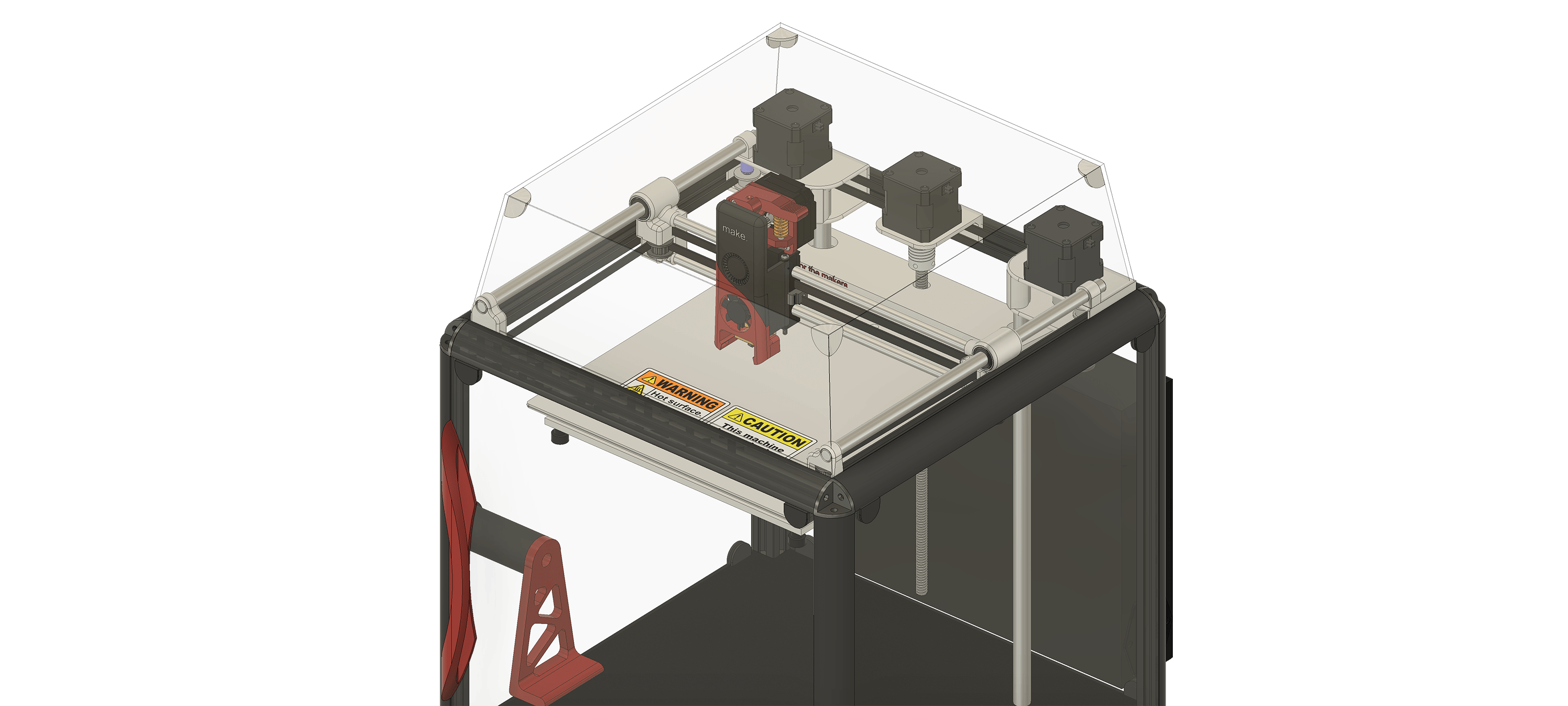
A 3D printer will soon become a household appliance. Today, they are machines that look and feel right out of a sci-fi movie - very complex in their appearance and mostly complex with their working and assembly as well. User-centric design can solve many of the problems of these printers. There is a market that would potentially buy 3D printers just like how they adapted inkjets and laser printers. Designing the printer that resolves the idea of printing objects for the naive individual will always be the ultimate goal of a consumer 3D printer design.

Studying the market showed the huge growth potential for products being developed for the upcoming 3D printing boom. It's already happening - Ender 3, a low-cost 3D printer from Creality, a chinese company dominated the market in just two years. The market will grow 5x in 10 years.
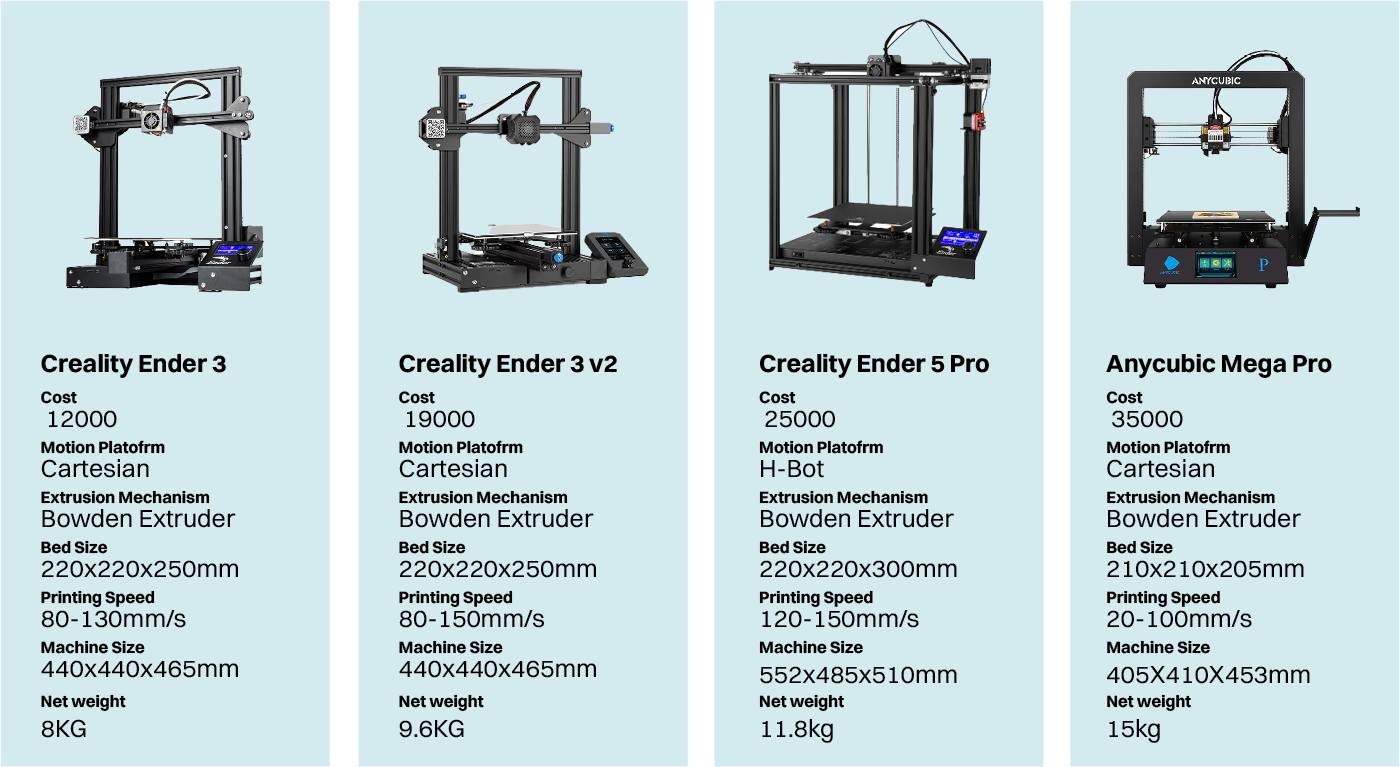
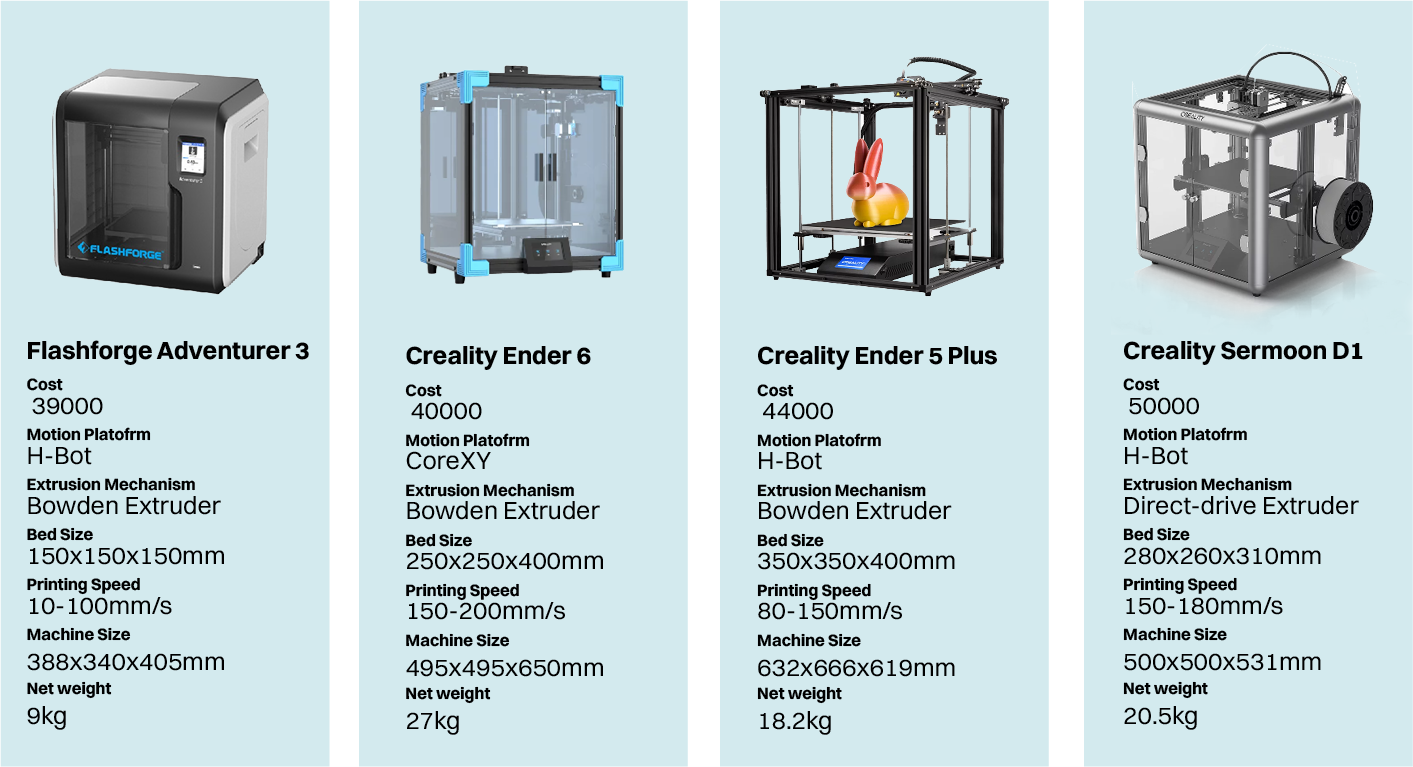
Market Research looked into getting a picture of what sells today right now and what will sell 5 years down the line. The products of today will eventually evolve into better ones. The real challenge is making the better one today itself.
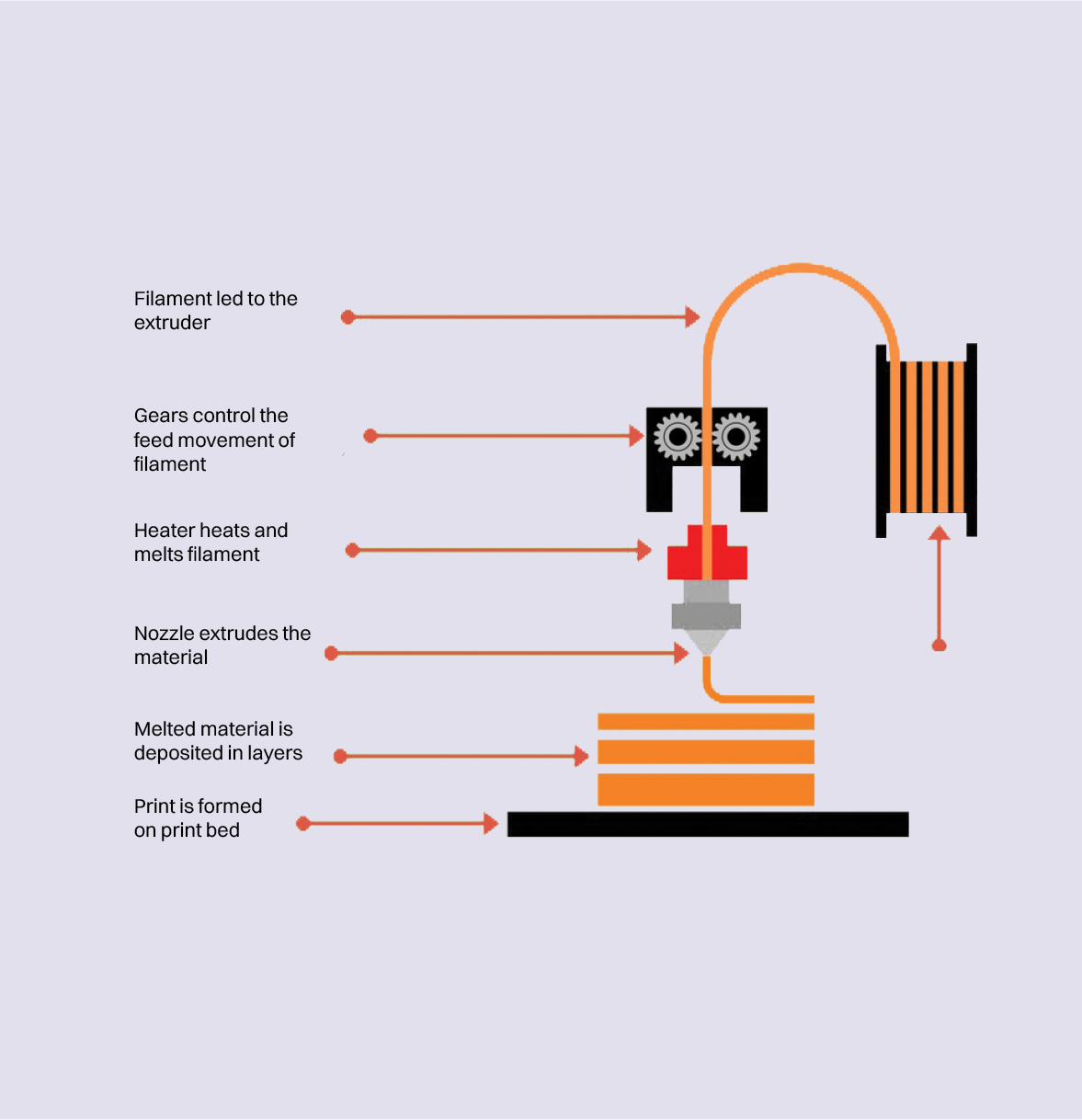

Fused Filament Deposition was studied to fully understand the nuances of why's and why not's. This lead to helping make important decisions in the product development stage later on - especially while choosing extruder systems and motion platforms.
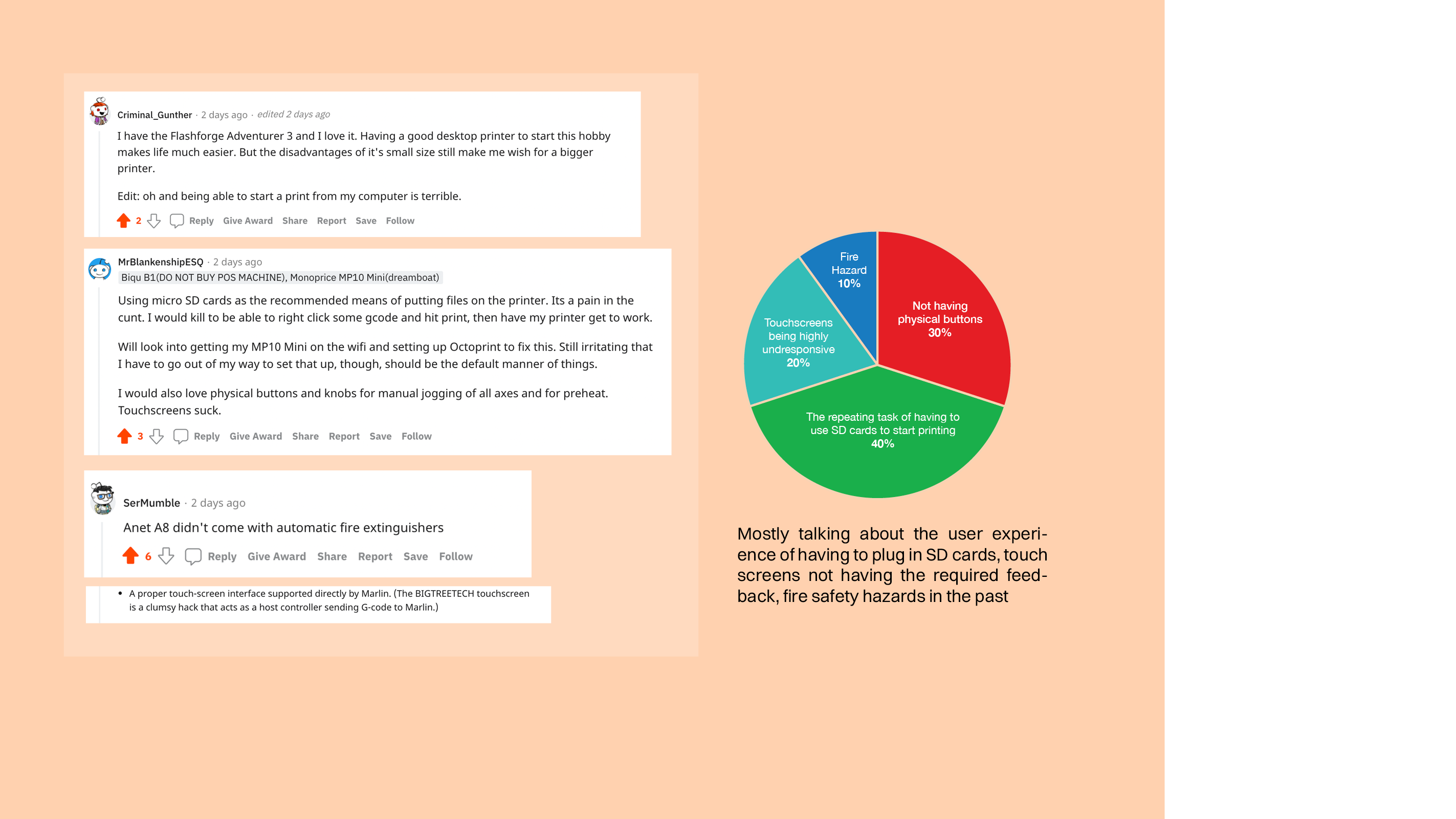
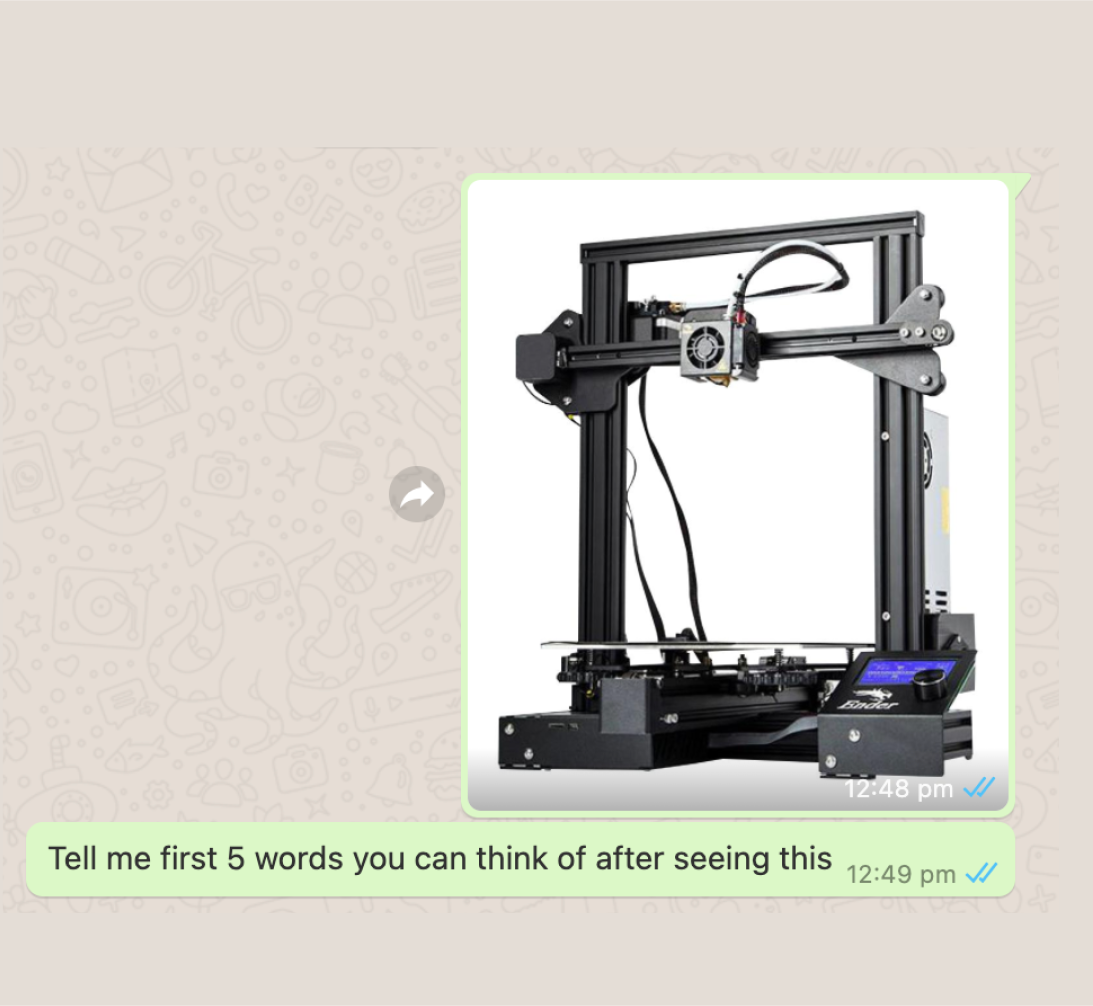
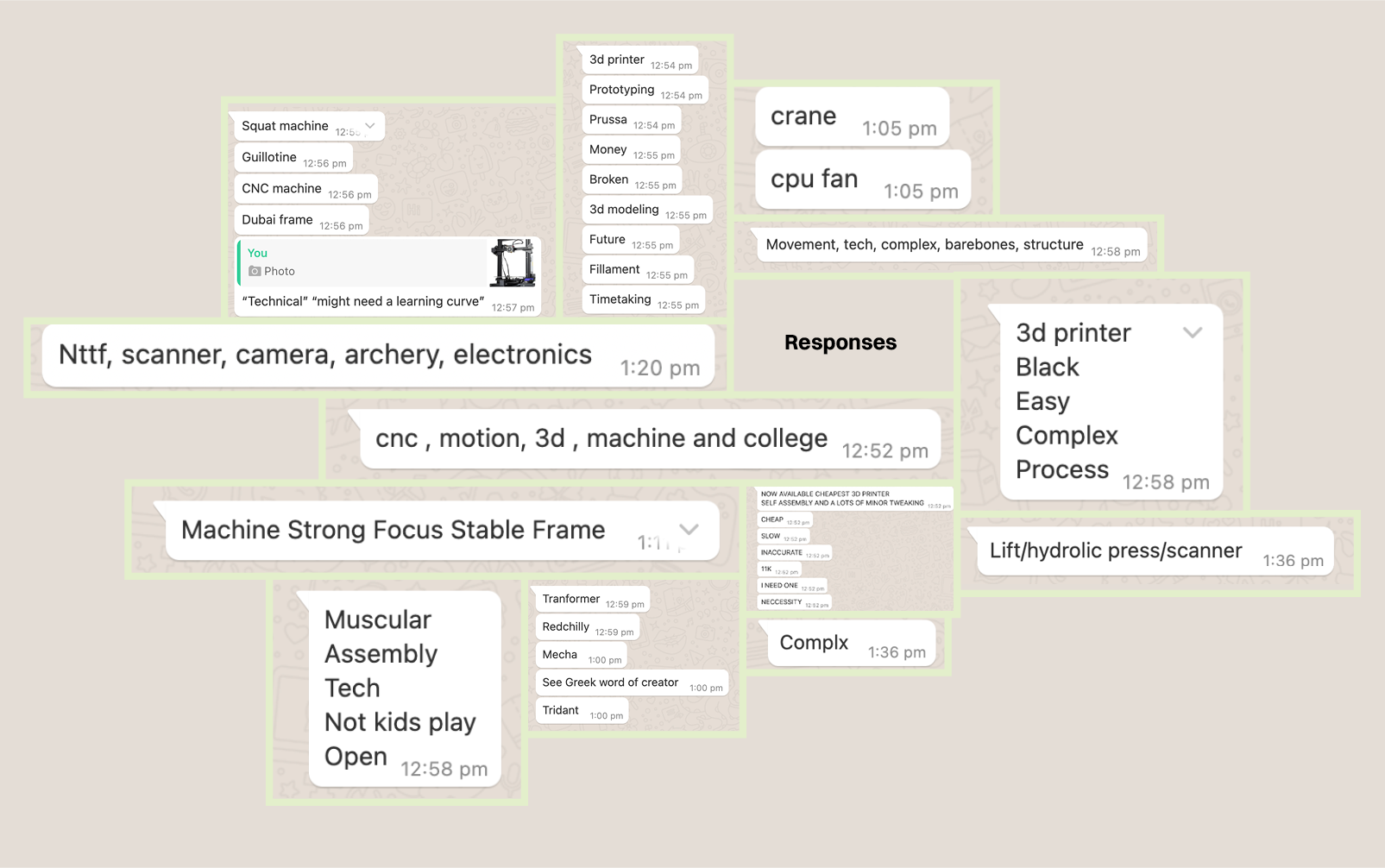
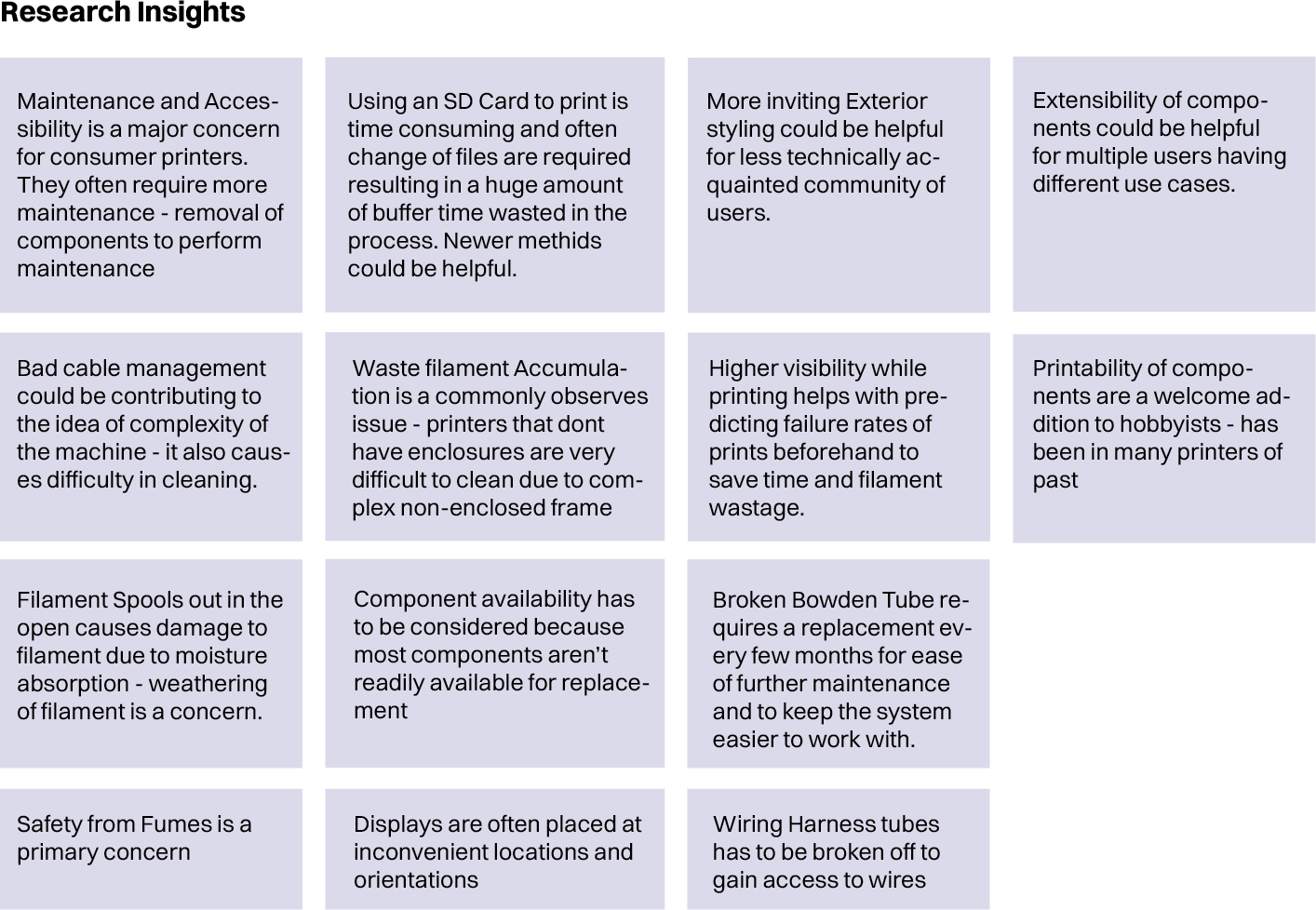

Redefined Brief
Develop a cost-effective CoreXY based highly extensible 3D printing platform with accessibility, maintenance and simplicity at the core
Target Audience
Beginners, Hobbyists & Students
Objectives
- Fit into a budget segment of ₹30000
- Low-maintenance
- Connectivity Features
- Safety from fumes
- No noise design
Ideation & Prototyping
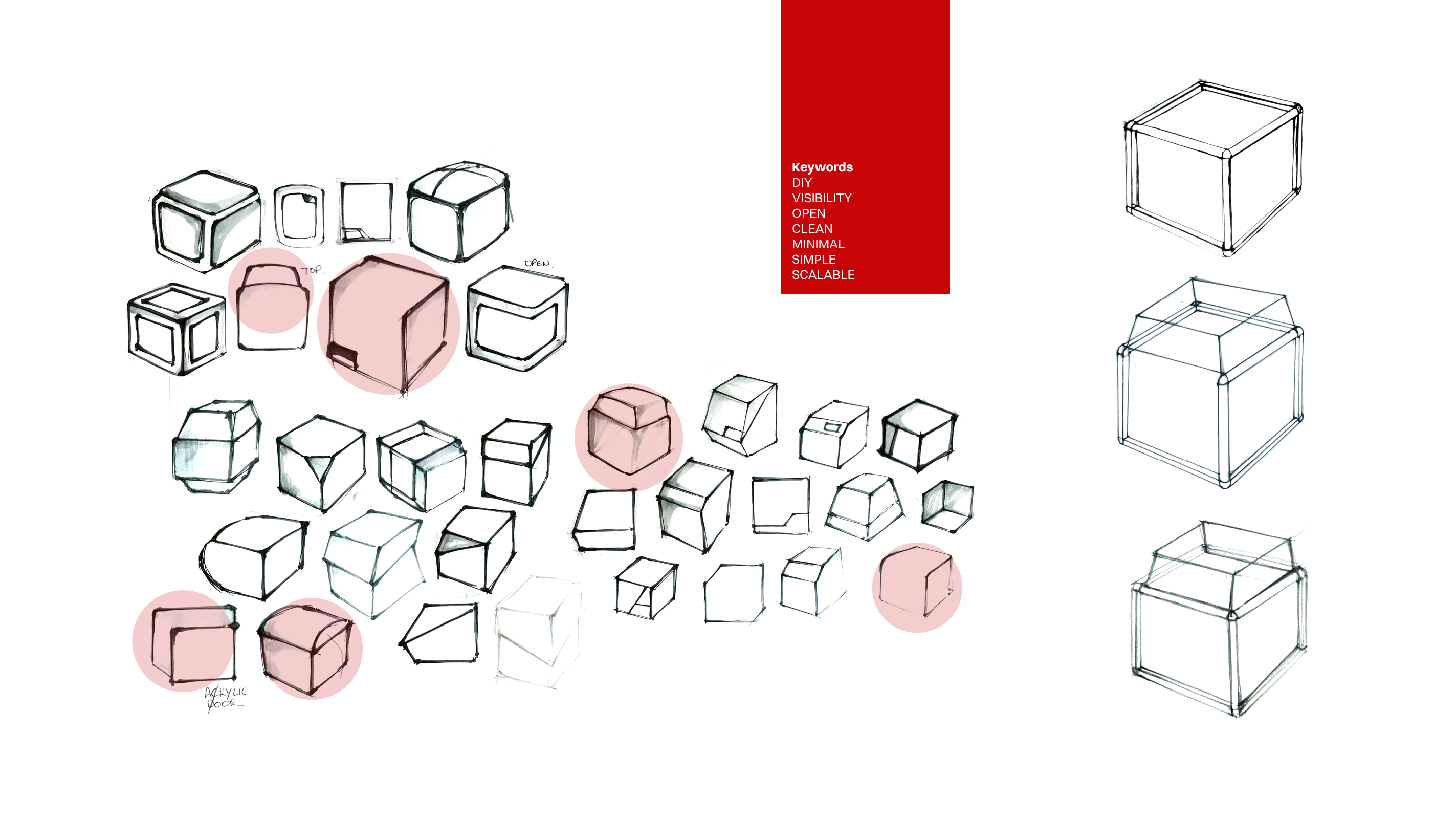
The simplest functional form that increased visibility, maintains Do-It-Yourself capabilities and stays functional while being aesthetically pleasing was derived from the exploration. The final idea is to move forward with an enclosure made of 2020R aluminium extrusion profiles for the frame and clear acrylic sheets for the enclosure
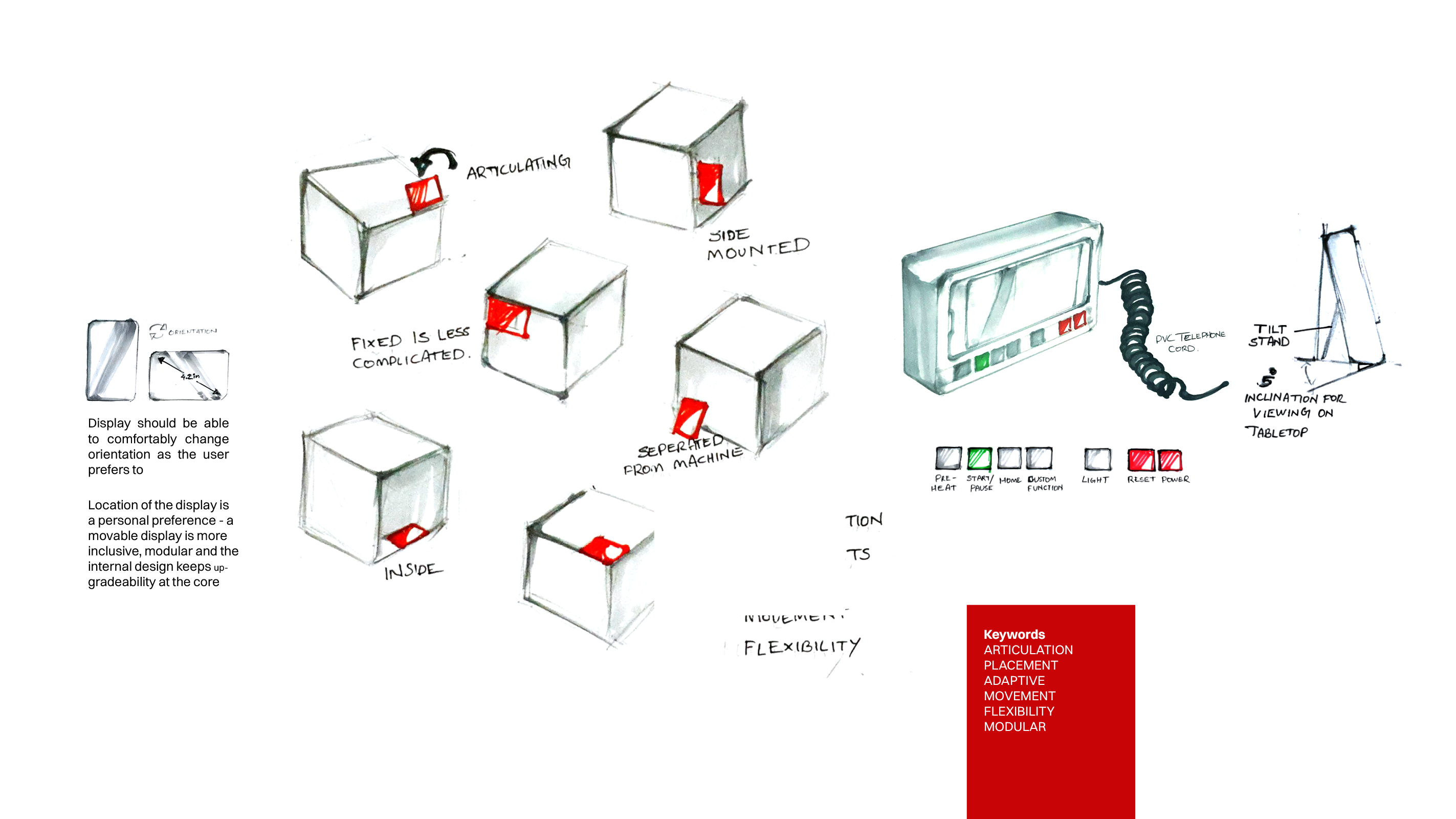
Display should be able to comfortably change orientation as the user prefers to
Location of the display is a personal preference - a movable display is more inclusive, modular and the internal design keeps upgradeability at the core

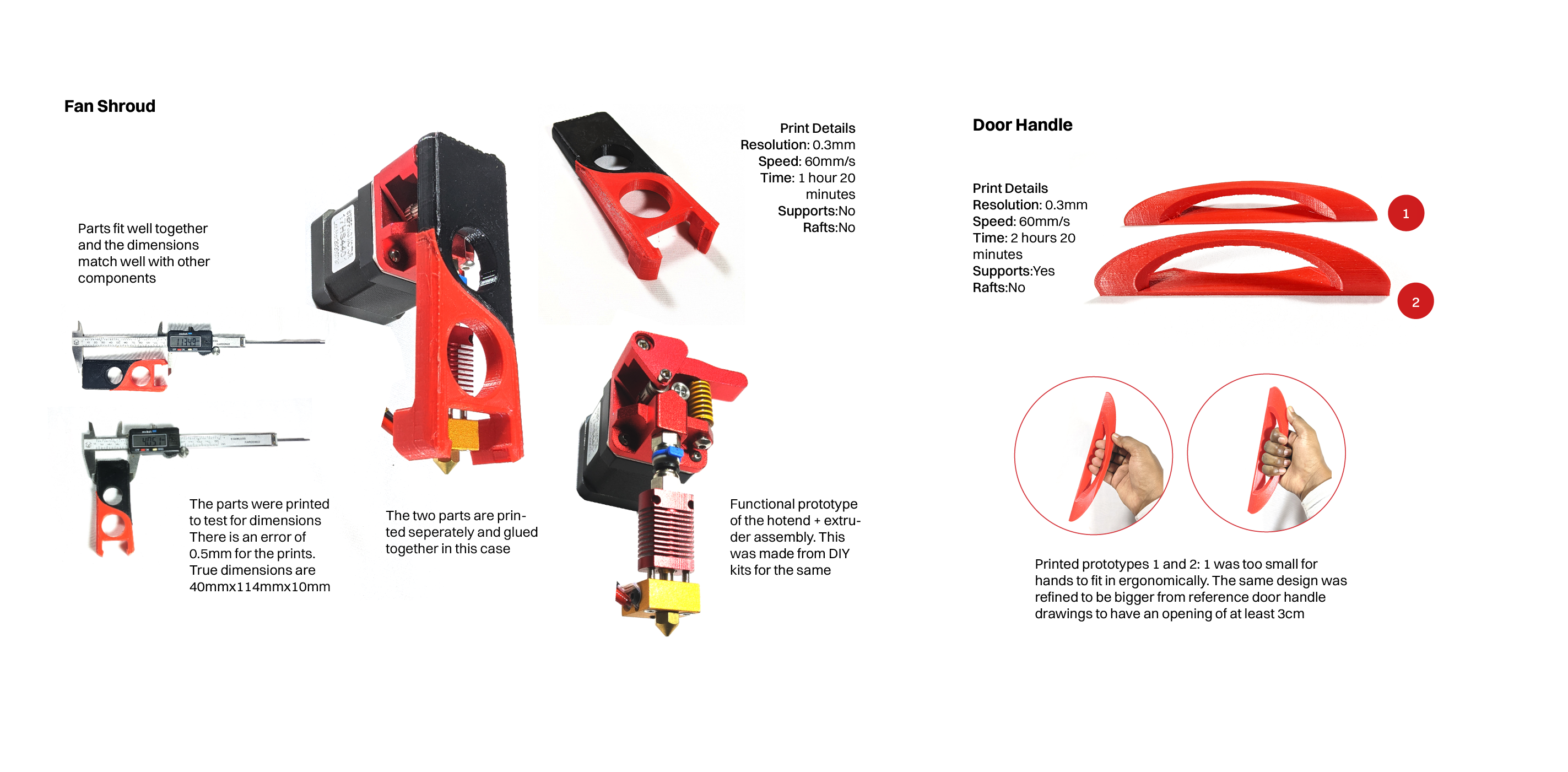
Final Product
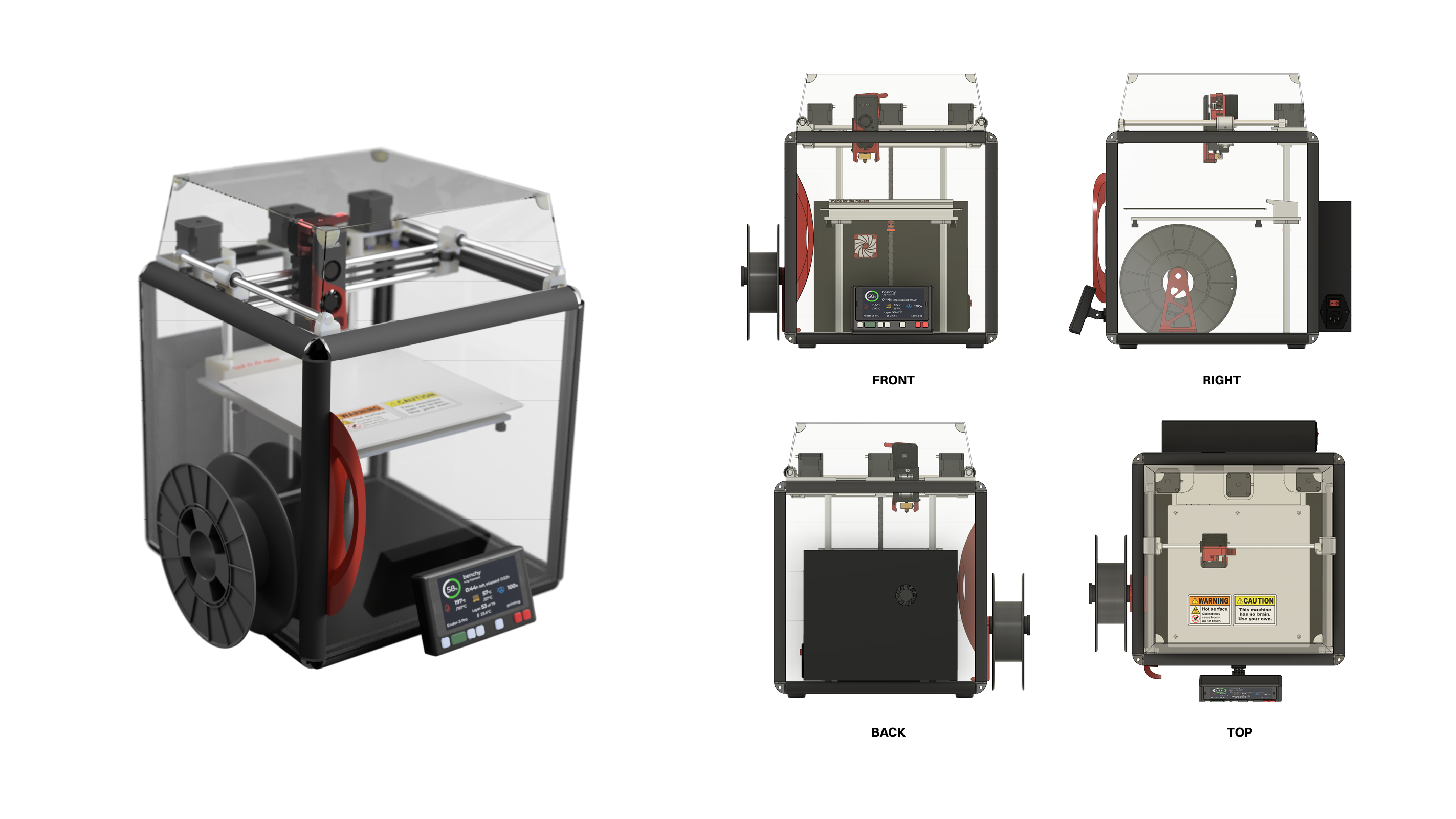
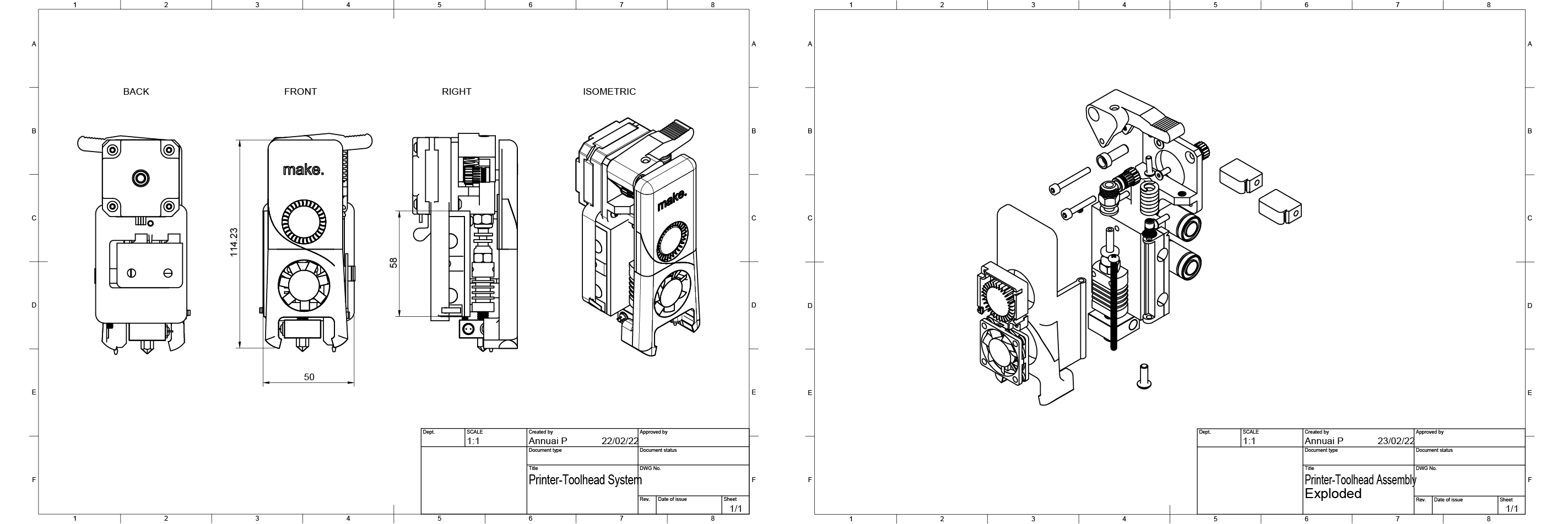

Indented Bill of Materials and Processes
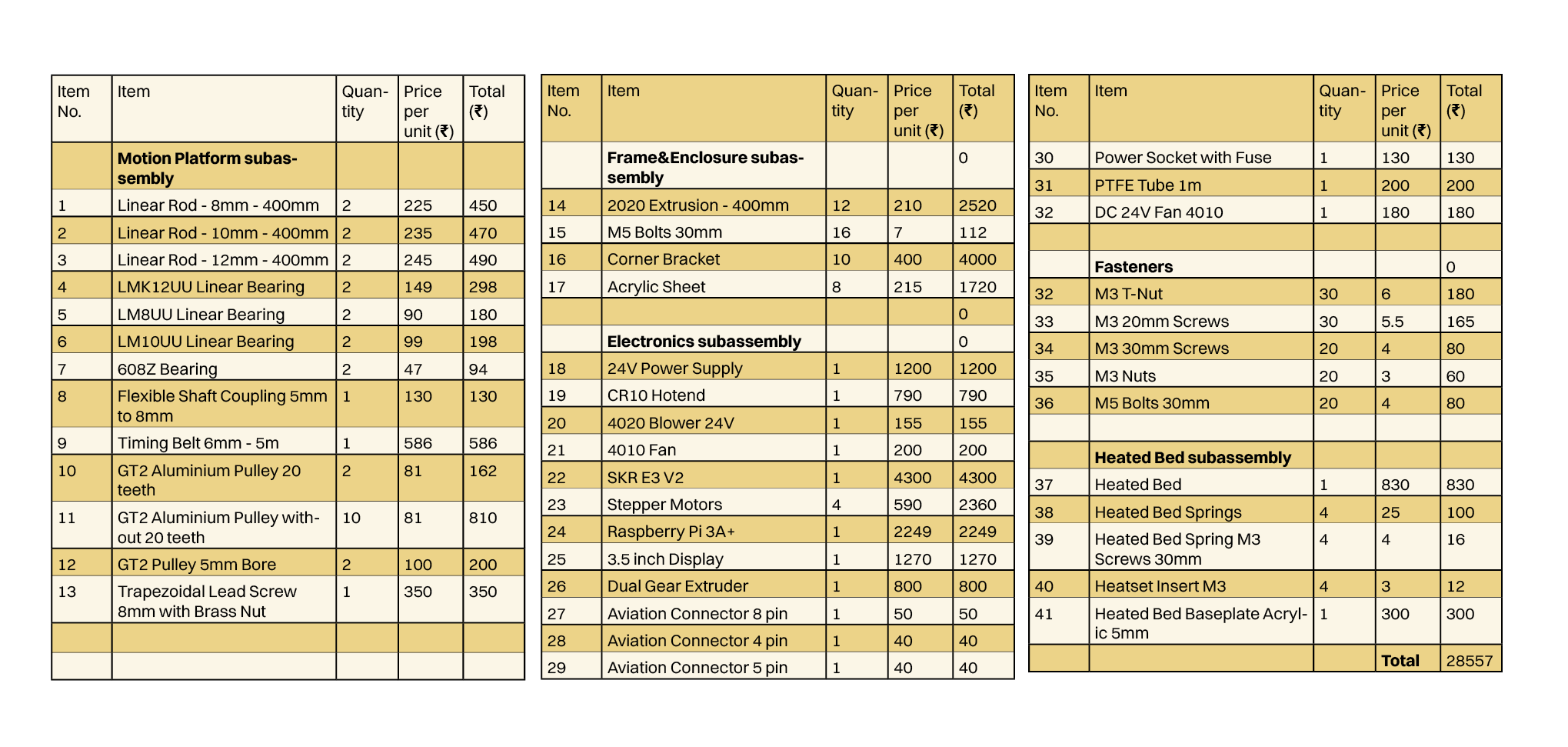
Overall product cost with all the parts sourced from Indian retail stores excluding any labour, transportation come to around ₹32000
Prices are sourced from major DIY part resellers - including robu.in, novo3d.in, electronicspices.com, electronicscomp.com, rhydolabz.com

The frame was purchased as 340mm pieces of 2020R extruded aluminium profiles. They were tapped, powder coated and connected together with 3D printed corner connectors.

Printhead can be opened easily to deal with failure - often times, printhead gets clogged and an easy access door to printhead is a boon for the user.

Final machine

Box was made to help with transporting the printer intact(without disassembly). Stickers were used as stencils to paint in the branding and handle with care signs.
Learnings & Takeaways
Technical Drawings/ Engineering Drawings
Learnt how to create technical drawings for manufacturable parts.
Learning new processes
Processes other than 3D printing has been used widely in the project. Powder Coating, Tapping & Threading - all processes I had to explore to get the prototype up and running. 3D printing made this project possible - learning how to 3D print strong objects with less filament has also been a key learning in the project.
Time management
A lot of work has been done in a short amount of time. The project had a fixed timeline of 4 months initially, but it eventually grew onto 6 and then another month of documentation. Time management is a difficult task - especially when the dependency is on external factors. Planning must be done by considering external factors like logistics and processes.
Purchase management
As a self-sponsored project, there were a lot of constraints on how much money can be spent. Few original calculation errors lead to multiple purchases of similar components causing an unnecessary hike in the overall budget.
For full detailed project, here's the documentation
